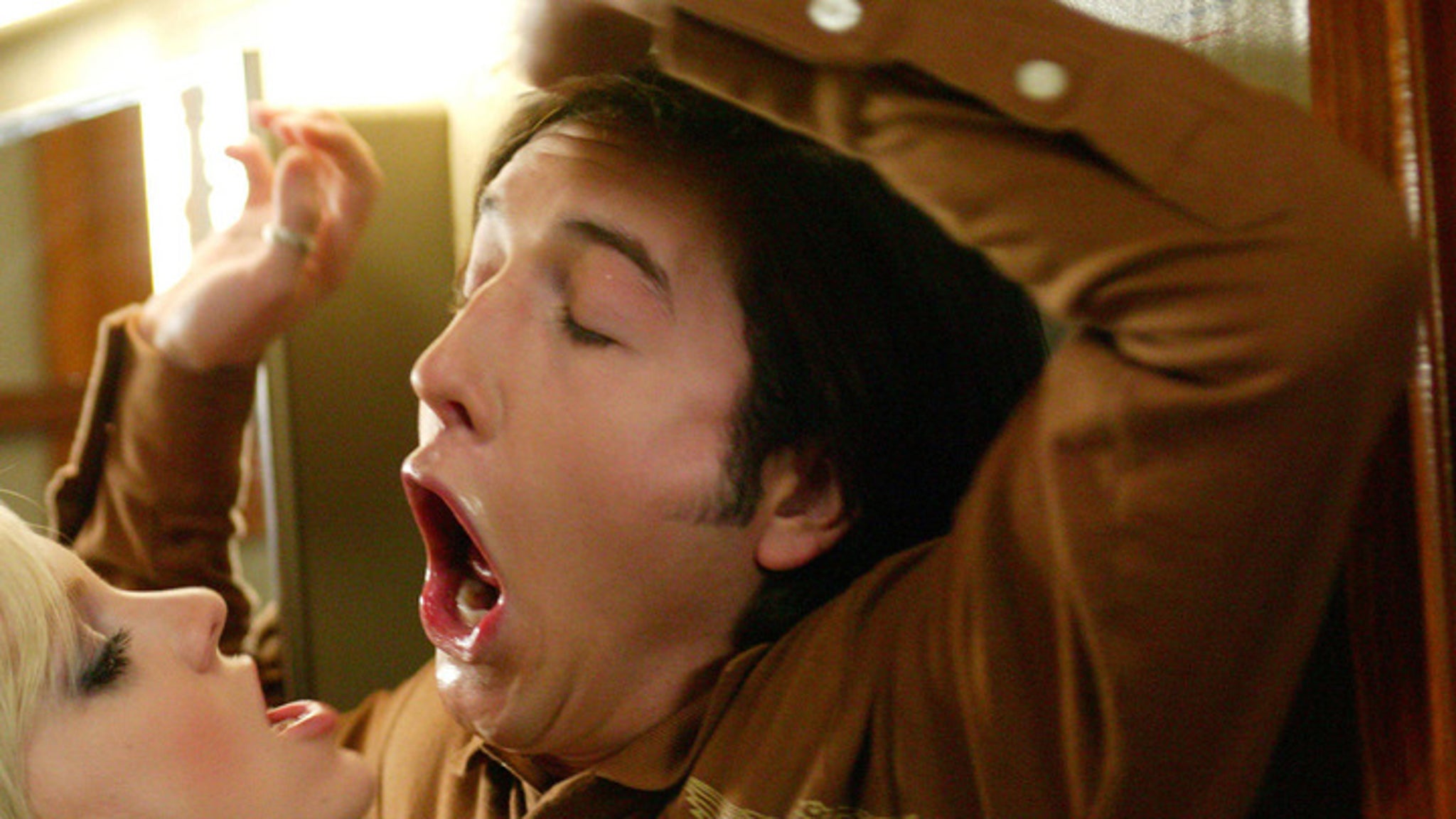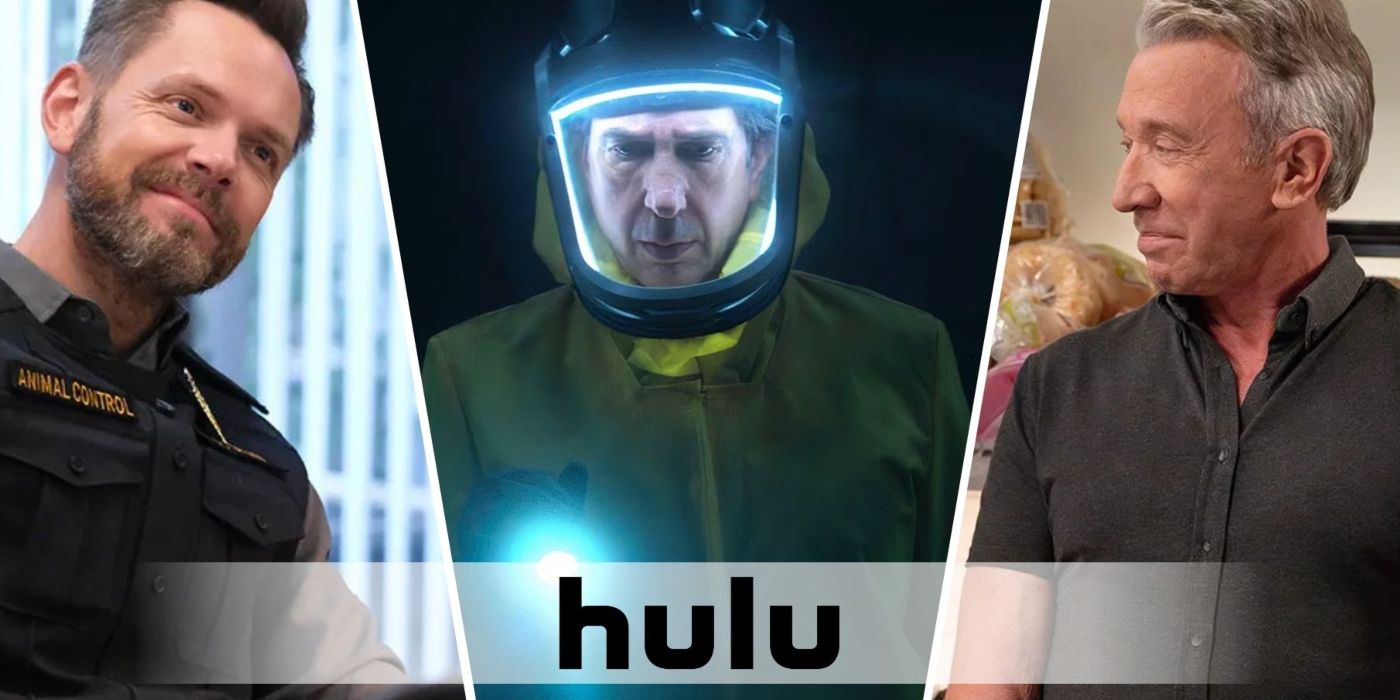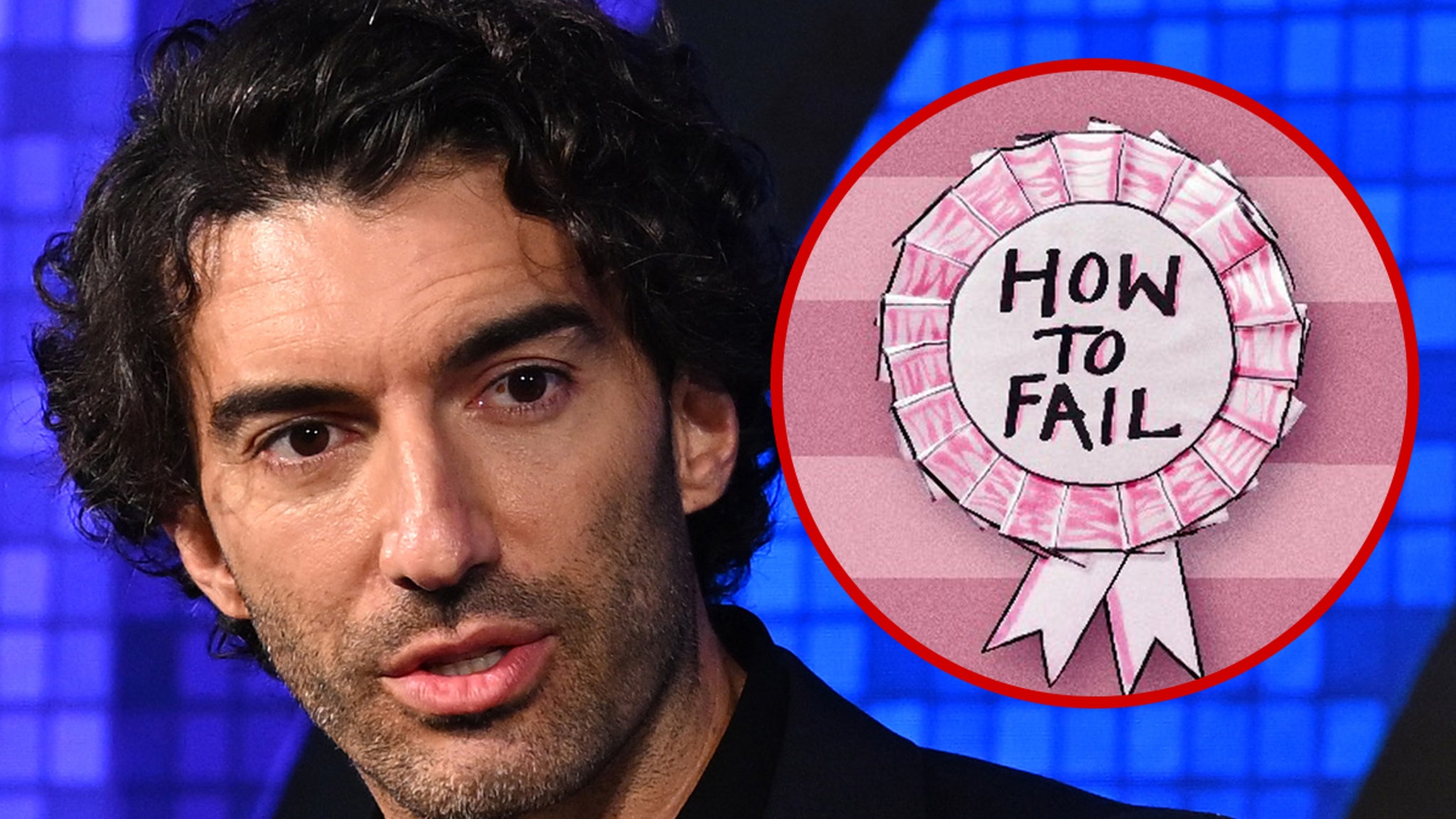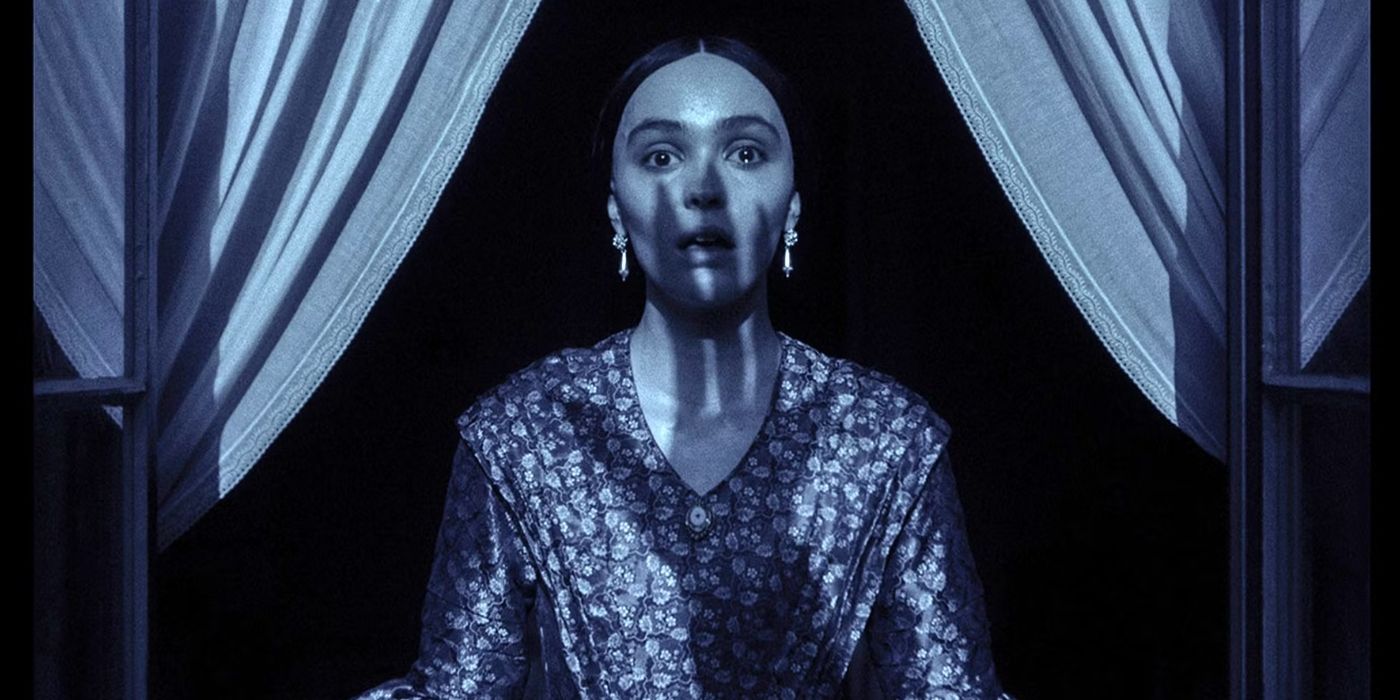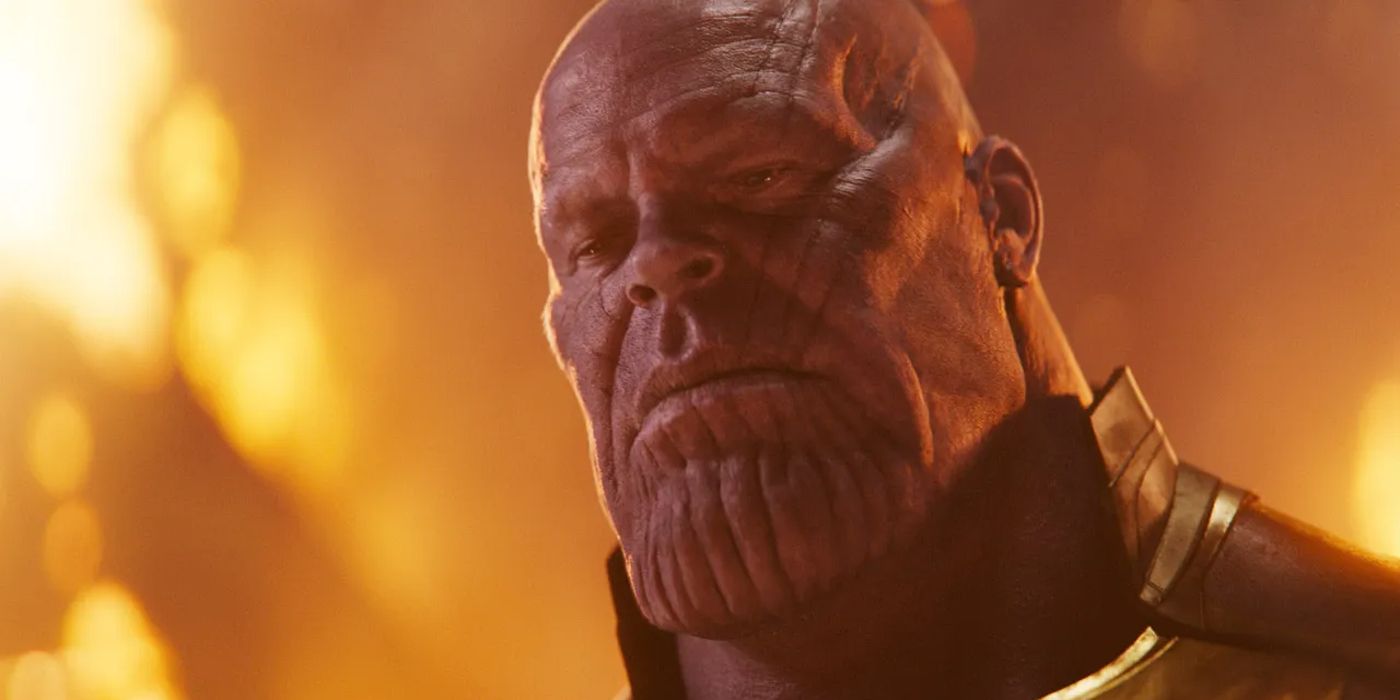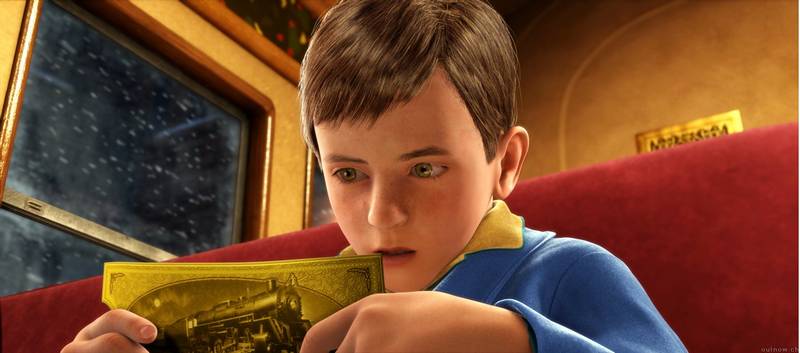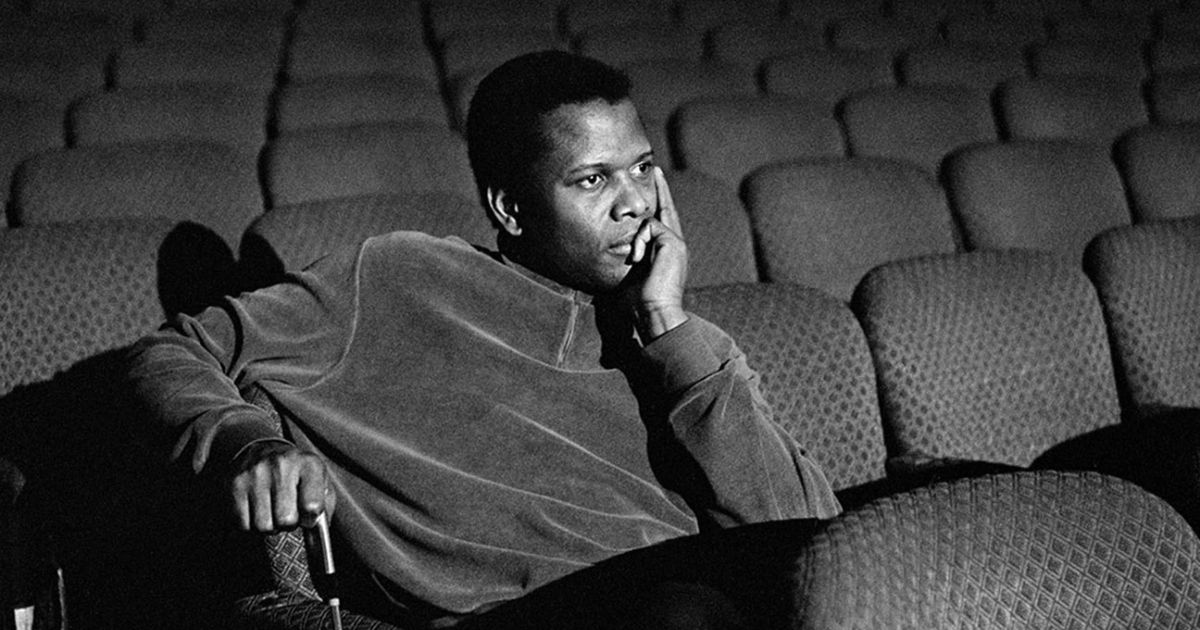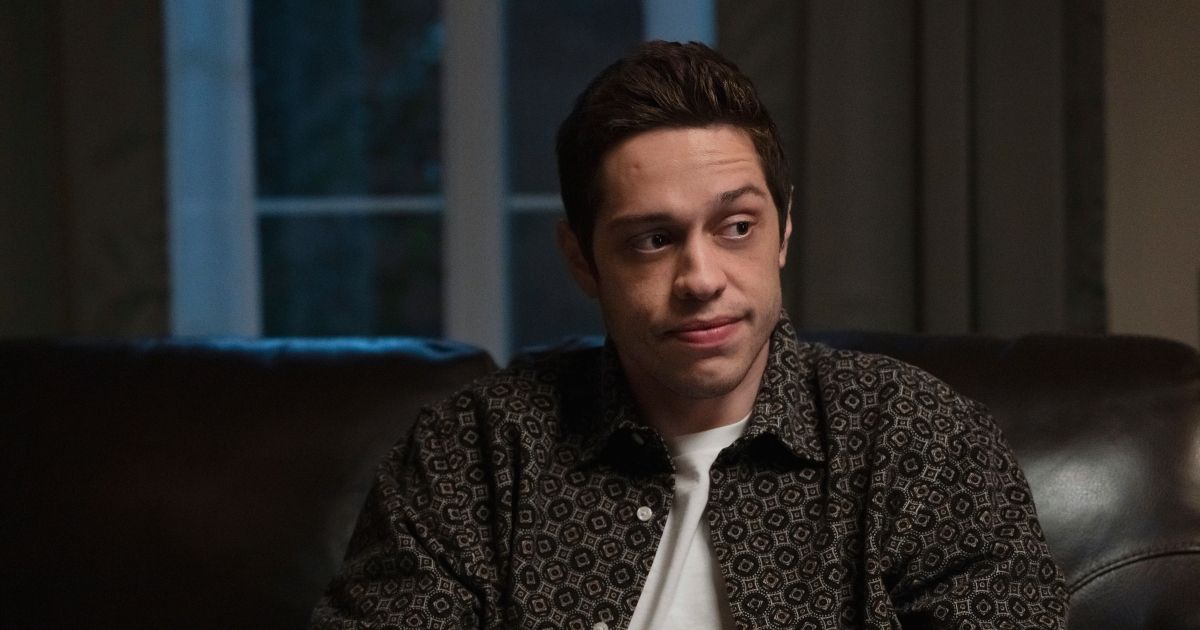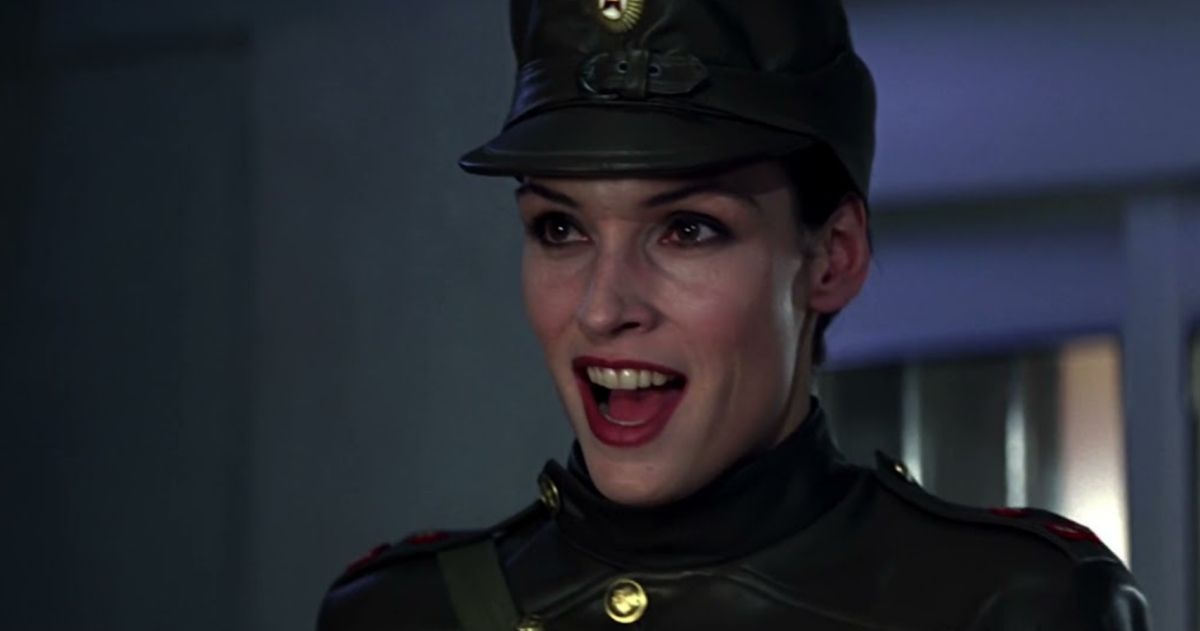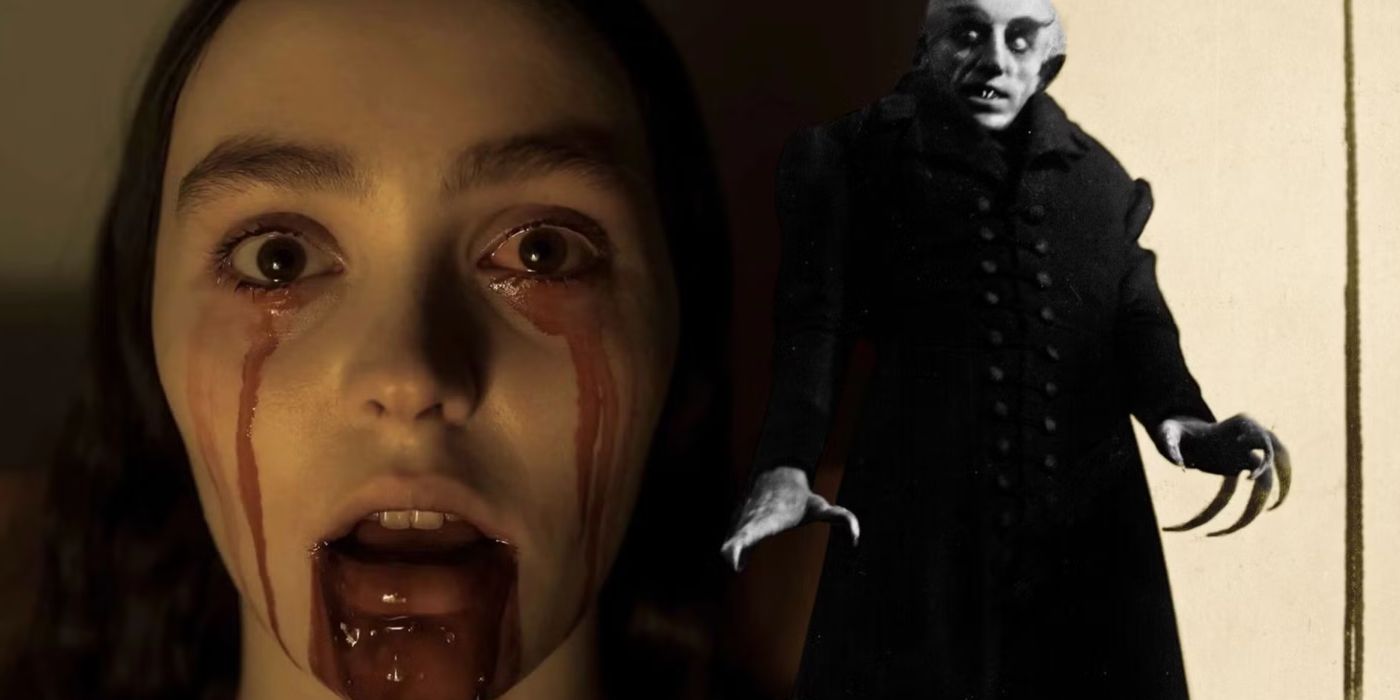A film festival sensation picked up by mini-studio A24, which has become known for stylish dramatic rawness, “Val” is edited like a deathbed flashback (or like “Listen to Me Marlon,” about Marlon Brando, Kilmer’s idol and one-time-only costar). The subject’s life passes before his eyes in the form of film and video, a slipstream of nostalgia and regret. There are bits from from childhood home movies, Hollywood productions; the archives of Julliard (where he studied acting); assorted entertainment TV programs, electronic press kits, and DVD supplements; and Kilmer’s own library of handheld camcorder and phone footage, which he’s been accumulating for decades.
The star, who lost his voice to cancer, speaks through a voice-box while holding a finger over the opening of a tube embedded in his throat. In flashbacks to earlier eras, Kilmer’s written narration is read by his son Jack, whom he dotes on in the past and present-day footage. Unfortunately, Kilmer steps around a number of memoir landmines that’ll be familiar to anyone who’s followed his career, such as his abusive behavior on sets in the ’90s (including “The Island of Dr. Moreau,” where he was accused of burning an assistant cameraman’s face with a cigarette), and charges of cruelty and infidelity by his ex-wife, Joanne Whalley-Kilmer. There are odd moments where the vibe of the film’s narration, as well Kilmer’s sly interaction with the camera, make it seem as if, on top of any therapeutic value “Val” might have, KIlmer also sees the project as an extension of his participation in fan events where he signs autographs for cash. Doing what a man with bills has gotta do—though hopefully with a touch of artistry.
The low point of the film is a montage of Kilmer’s costars (including Robert Downey, Jr. and Tom Sizemore, not the most convincing allies one could enlist) endorsing Kilmer’s defense that he was just a perfectionist trying to make each project as good as it could be, despite the mediocrity of directors and producers who had creative control. (Ask an egomaniac to name their worst flaw, and nine times out of ten they’ll say, “I’m a perfectionist.”) Despite circumspect editing, a lot of the footage from Kilmer’s ’80s and ’90s phase makes it seem as if he and other (mostly male) costars were entitled and sometimes drug-addled assholes who couldn’t get outside themselves and understand how obnoxious they were and how much their behavior was hurting the production and angering their collaborators.
Kilmer even defends Brando’s “creative process” on “The Island of Dr. Moreau,” which—according to a member of the production team who was present for the entire filming—relied on cue cards and the use of body doubles (one of which appears briefly in “Val”), and limited the legendary actor’s participation to four hours a day, with the journey to and from Brando’s hotel eating up two of those hours. If “Val” co-directors Leo Scott and Ting Poo were attempting a “seeing through the unreliable narrator” effect, it didn’t come across. Rather than express regret or remorse at his worst excesses, Kilmer seems to have decided that anything that went wrong on a set was the fault of small-minded people standing in the way of his genius. Rather than be disillusioned by Brando’s proud display of slovenly arrogance, he seems to view it as the ultimate fulfillment of a youthful artistic ideal.
You can view the original article HERE.
